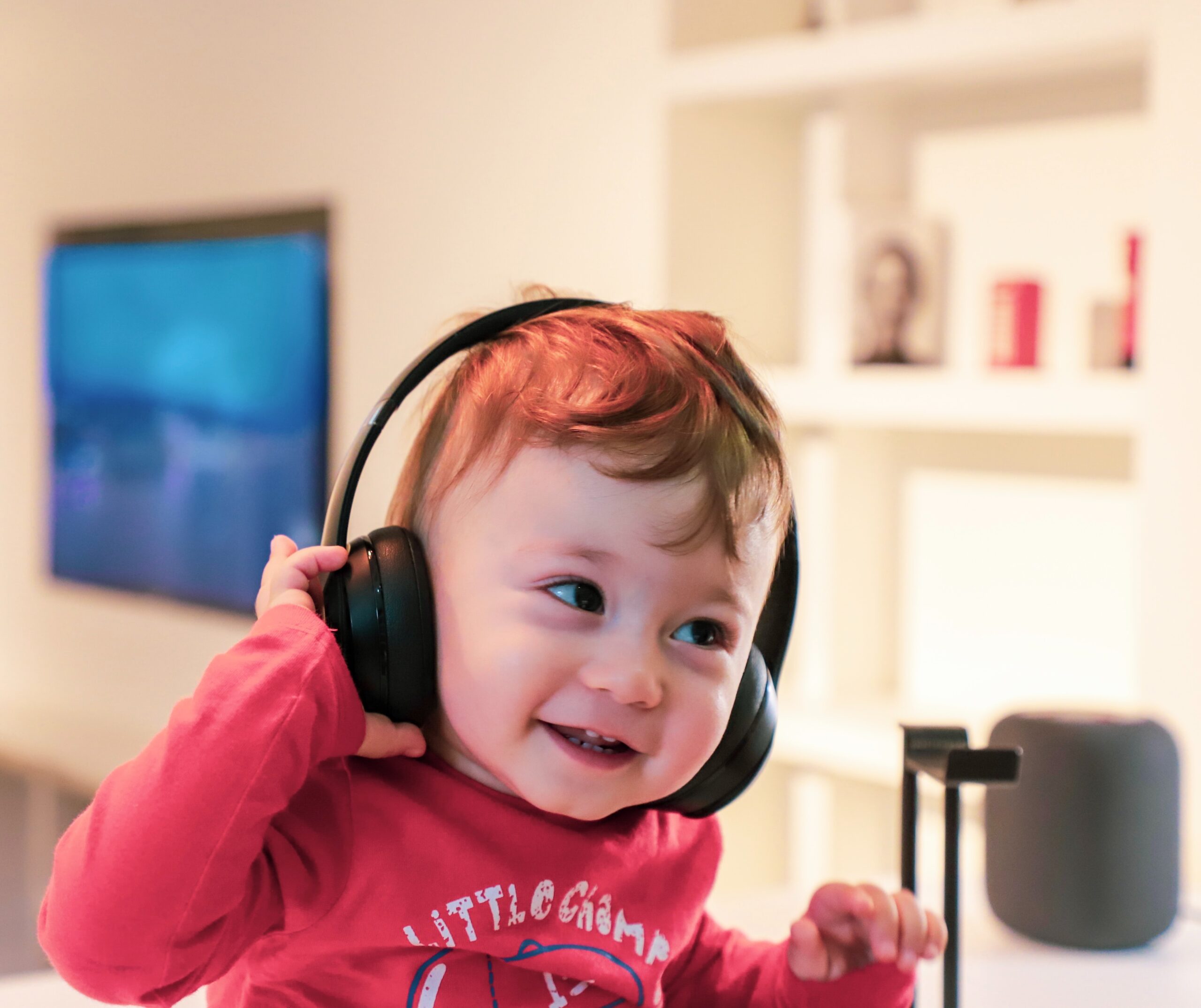MBTI and my introduction to a world of self-discovery.
By: Tanaya Shubhangi
Feature Articles, Health & Welfare, Psychology, Social & Youth development,

An Introduction to MBTI
The MBTI test is a personality analysis questionnaire developed by Isabel Myers and Katherine Briggs after the Second World War. It was created to help women entering the industrial workforce decide what careers would suit them best, based on their personalities. The creators of the MBTI inventory themselves had no background in psychology and based their research on Carl Jung’s theory of personalities. Myers and Briggs strongly believed that the test had extensive real-world applications. And rightly so. Today, MBTI is one of the most popularly used psychological tools in the world.
To readers new to this personality classification, the MBTI is a self-report questionnaire, a psychological tool in essence. It classifies individuals into one of 16 personality types based on their responses to various questions. These questions are usually related to their personality, lifestyle choices, preferences, and decisions. This space is a walkthrough of my journey with MBTI and how it introduced me to a new world of self-awareness and learning. Consider this blog an attempt at encouraging you to start your journey of discovery too!
How does MBTI work?
The MBTI questionnaire consists of a list of questions that individuals respond to, usually on five levels ranging from ‘agree’ to ‘disagree’. The answers to these questions sort you into one of 16 types. Your assigned type is a representation of who you are in terms of your likes, dislikes, and even compatibility with others around you. It is important to understand, that no one type is in any way ‘better’ than another. MBTI is designed simply to help you figure yourself out better. In addition to that, it helps you understand your relationship with others and the world around you.
The four scales
Based on answers to the questions asked, MBTI classifies individuals on four scales. These are:
- Extraversion (E) or Introversion (I): This scale decides an individual’s dominance in how they interact with the external world; i.e., whether one is an extrovert or an introvert.
- Sensing (S) or Intuition (N): This scale governs how an individual gathers information from their interaction with the world. Sensors are more detail-oriented and focus more on reality. The Intuitive types on the other hand, tend to be more imaginative and like thinking about possibilities and abstract ideas.
- Thinking (T) or Feeling (F): This scale decides how individuals process the information gathered from interaction with the outside world. While Thinkers tend to be logical, Feelers arrive at conclusions via their emotions.
- Judging (J) or Perceiving (P) : This scale decides whether one is ‘Judging’ or ‘Perceiving’ in dealing with information gathered from the external world. While the Judging types lean towards convention, structure and rigidity, perceiving types are more open-minded and flexible.

Based on where one is on each of these four scales, MBTI classifies individuals into one of 16 types. Each type is identified by a four-letter code. In a way, it is similar to your Hogwarts house. Except, of course, it is a lot more extensive and without all the unfounded bias against anyone type/house! (read: Slytherin). For example, MBTI classifies me as an INFJ.
My Journey of Self Discovery –
Having always been a significantly introverted individual, I have always thought of myself as someone with a rather profound sense of self-awareness. At a younger age, this was always a source of discomfort. The fact that other people around me had very different reactions and responses to situations in life than my own. I always thought that things seemed to affect me more than they did other people. I would wonder why this was so. All of these ideas would constantly fill me with a sense of alienation and detachment from the world that existed around me. These were the questions that I often found myself pondering over. Until late one fated night when I happened to stumble upon the Myers-Briggs Type Indicator (MBTI) Personality Test. Suffice it to say, what followed was an enriching journey of self-discovery and emotional evolution.
How discovering my MBTI type changed my life
Discovering my MBTI type answered a lot of questions, some of which I didn’t even know I had. There is a lot more to MBTI than the four-letter code of course. Here’s a little more context. Personally, I’d always known myself to be an introvert. But what really changed my outlook on myself and my relationships were the other aspects of my MBTI type (INFJ). And what they said about my personality.
MBTI characterizes INFJs as quiet, reserved, deeply idealistic, and empathetic individuals. They often tend to detach from reality, a result of their deep Intuitive and Feeling tendencies. This made perfect sense on the surface and now having piqued my interest, I began to dig deeper. The result was that I would frequently lose myself reading detailed analyses of my own type and others late into the night. The deeper I delved, the more sense it made.
Earlier in life, it used to be a constant bother. How I would frequently lose control of my emotions and often feel detached from the world around me. I struggled, constantly feeling like I didn’t fit in. But as I learned more about the different types and my own, things slowly started to make sense. The learning helped me rationalize. It helped make sense of others’ reactions and behaviour towards situations. How mine were very different, but still justified.
MBTI in essence, helps you understand how one is wired. Just because someone processes or deals with situations differently than you, doesn’t necessarily mean that it’s coming from a place of insensitivity or malice. An important realization out of this experience has been that everyone speaks a different language- mentally and emotionally. And your language is no ‘better’ or ‘worse’ than mine. We’re all wired differently, and that is okay.
Conclusions
Having said that, I do agree that there are obviously more than just 16 types of people in this world. I also understand the logic that it is inaccurate to ‘type’ someone based on just a few personality-related questions. However, it is also true that the MBTI is a considerably popular psychological tool. It has widespread real-world applications as well, ranging from management to communication technology.
Regardless, MBTI to me will always remain my personal introduction into a world of newfound self-awareness, emotional growth and discovery. It has become something of a personal quirk now (friends who know me well would tell you). This tendency of mine to ask every new person I talk to, their MBTI type. And the silent sense of achievement it fills me with when I realize I ‘typed’ them correctly based on my own interaction with them!
To conclude, I really do believe in the power of this psychological tool. I think every self-aware young individual would definitely benefit from learning about their MBTI type. It has helped me a great deal in figuring myself out at an age when I really needed to. I encourage everyone reading this to begin their journey of self-discovery today!
References
Tags: MBTI, Personality Development, Psychology, self-awarenes,









